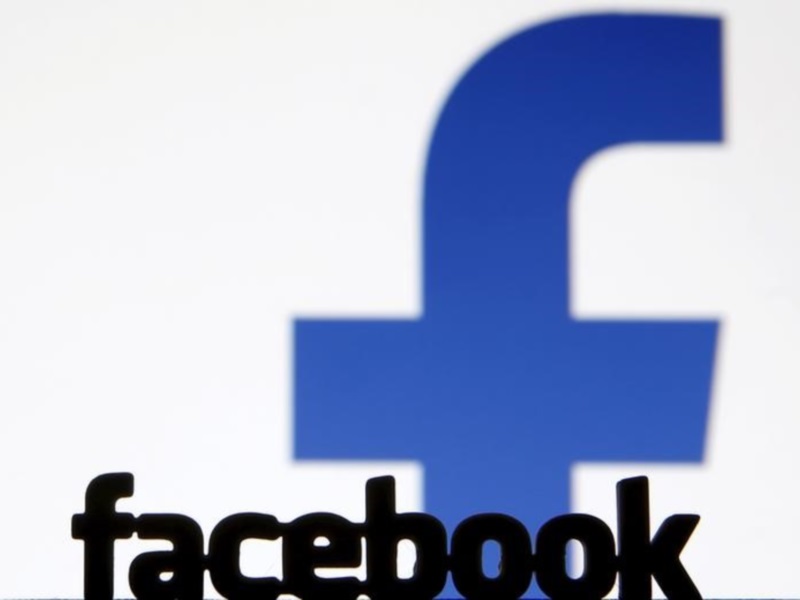- Home
- Social networking
- Social networking News
- Revealed: The Most Used Happiness Expression on Facebook
Revealed: The Most Used Happiness Expression on Facebook

The vast majority of people are "haha-ers" (51.4 percent), then emoji lovers (33.7 percent), the "hehe-ers" (12.7 percent) and finally, the "lol-ers" (1.9 percent).
For those people who e-laughed, the Facebook team also analysed how many times they actually did.
"Nearly 46 percent of the people posted only a single laugh during the week while 85 percent posted fewer than five laughs," the team wrote on Facebook's official research blog.
About 52 percent of people used a single type of laugh and roughly 20 percent used two different types.
The researchers identified posts and comments posted on Facebook in the last week of May this year with at least one string of characters matching laughter.
They did the matching with regular expressions which automatically identified laughter in the text, including variants of "haha" "hehe" "emoji", and "lol".
Age, gender and geographic-location play a key role in laughter type and length on the social networking site.
"Young people and women prefer emoji whereas men prefer longer 'hehes'," the team said.
Both men and women like "hahas" and emoji followed by "hehes" and "lols".
The team found that across all age groups (13 to 70), the most common laughs are still "haha", "hahaha", "hahahaha", and only then followed by "hehe".
The most common are the four letter "hahas" and "hehes".
The six letter "hahaha" is also very common, and in general, the "haha-ers" use longer laughter.
"The 'haha-ers' are also slightly more open than the 'hehe-ers' to using odd number of letters, and we do see the occasional 'hahaas' and 'hhhhaaahhhaas'," the researchers said.
The "lol" almost always stands by itself though some rare specimens of "lolz" and "loll" were also found.
Get your daily dose of tech news, reviews, and insights, in under 80 characters on Gadgets 360 Turbo. Connect with fellow tech lovers on our Forum. Follow us on X, Facebook, WhatsApp, Threads and Google News for instant updates. Catch all the action on our YouTube channel.
Related Stories
- Samsung Galaxy Unpacked 2025
- ChatGPT
- Redmi Note 14 Pro+
- iPhone 16
- Apple Vision Pro
- Oneplus 12
- OnePlus Nord CE 3 Lite 5G
- iPhone 13
- Xiaomi 14 Pro
- Oppo Find N3
- Tecno Spark Go (2023)
- Realme V30
- Best Phones Under 25000
- Samsung Galaxy S24 Series
- Cryptocurrency
- iQoo 12
- Samsung Galaxy S24 Ultra
- Giottus
- Samsung Galaxy Z Flip 5
- Apple 'Scary Fast'
- Housefull 5
- GoPro Hero 12 Black Review
- Invincible Season 2
- JioGlass
- HD Ready TV
- Laptop Under 50000
- Smartwatch Under 10000
- Latest Mobile Phones
- Compare Phones
- Realme P4x 5G
- OnePlus Ace 6T
- OPPO A6x 5G
- Samsung Galaxy Z TriFold
- Poco F8 Ultra
- Poco F8 Pro
- Huawei Mate 80 RS Master Edition
- Huawei Mate 80 Pro Max
- Asus ProArt P16
- MacBook Pro 14-inch (M5, 2025)
- Poco Pad M1
- Poco Pad X1
- Just Corseca Skywatch Pro
- Honor Watch X5
- Acerpure Nitro Z Series 100-inch QLED TV
- Samsung 43 Inch LED Ultra HD (4K) Smart TV (UA43UE81AFULXL)
- Asus ROG Ally
- Nintendo Switch Lite
- Haier 1.6 Ton 5 Star Inverter Split AC (HSU19G-MZAID5BN-INV)
- Haier 1.6 Ton 5 Star Inverter Split AC (HSU19G-MZAIM5BN-INV)

















